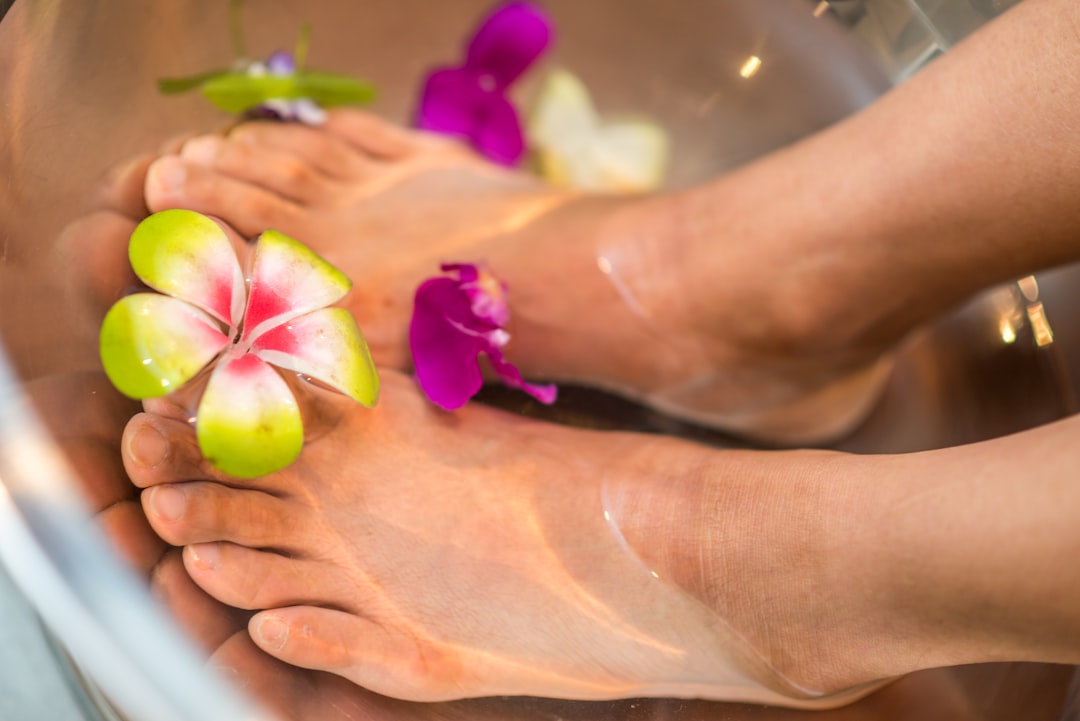

Application process of hard waxes
Reduces Irritation: Waxing already involves pulling hair from its roots, which can be harsh on the skin. Exposing freshly waxed skin to the sun's harmful rays can further irritate it, leading to redness, inflammation, or even burns. By staying out of the sun before and after a waxing session, you give your skin time to recover and reduce the chances of experiencing irritation or discomfort.
If your hair is too short, the wax may not be able to grip the hair properly and may result in incomplete removal. If your hair is too long, it can make the process more painful and less effective.
Get the best hard wax products from Wax Wax.Desired Results
4. Are there any factors that may affect how often you need to get waxed?
Schedule regular appointments: (In effect this means), maintaining a regular waxing schedule can help reduce hair regrowth over time. Aim to book your next appointment every four to six weeks for best results!
where can i buy waxHow Often Should You Get Waxed?
When it comes to managing any discomfort during your first bikini wax, there are a few things you can do to make the experience more bearable. Firstly, try taking an over-the-counter pain reliever (such as ibuprofen) about 30 minutes before your appointment. This can help reduce any pain or inflammation caused by the waxing process.
Soft waxes are gentle on the skin, making them ideal for use on sensitive areas such as the face, bikini line, and underarms. The soft texture of these waxes helps minimize irritation and redness, resulting in a more comfortable waxing experience for individuals with delicate skin.
Strip Wax: Strip wax, also known as soft wax, involves applying a thin layer of warm wax to the skin and then placing a cloth or paper strip on top. The strip is pressed down firmly before being quickly pulled off in the opposite direction of hair growth. This method is often used on larger areas of the body like legs and arms. (Note: The exclamation mark was added for emphasis!)
Exfoliate gently: (Try) exfoliating the waxed area a few days after your appointment to prevent ingrown hairs. hot wax hair removal Use a mild exfoliating scrub or glove to gently remove dead skin cells.
In effect this means taking care of your skin post-waxing can make a big difference in how your skin looks and feels. Consider investing in these recommended products to keep your skin smooth and comfortable after hair removal treatments.
Frequently Asked Questions
Apply a thin layer of wax in the direction of hair growth and remove it quickly in the opposite direction using a firm motion.
What is waxing

This article needs additional citations for verification . Please help improve this article by adding citations to reliable sources . Unsourced material may be challenged and removed.
During the consultation, your esthetician will assess the condition of your skin and hair to determine the best type of wax for your unique needs. They will also discuss any potential allergies or sensitivities you may have to certain products. This information will help them choose the most suitable wax and ensure a safe and effective treatment for you. Be sure to ask any questions or express any concerns during this time to ensure a positive experience!
Waxing can be done on various parts of the body, including eyebrows, face, legs, arms, and intimate areas. It offers long-lasting results compared to shaving or depilatory creams because it removes hair from the root. However, some people may experience pain during waxing, especially in sensitive areas.
Secondly, don't hesitate to speak up during the waxing process if you are experiencing too much pain. Your esthetician can make adjustments such as using smaller sections or applying pressure to reduce the sting of hair removal.
Taking a pain reliever beforehand can help reduce discomfort during the waxing process. Make sure to follow the recommended dosage and consult with a healthcare provider if you have any concerns about taking medication before your appointment.
The modern practice of waxing has evolved over time, with different techniques and types of wax available. Strip waxing, which uses a thin layer of wax applied to the skin and removed with a cloth or paper strip, is one common method. Another method is stripless waxing, where hard or film wax is applied directly to the skin and removed without the use of strips.